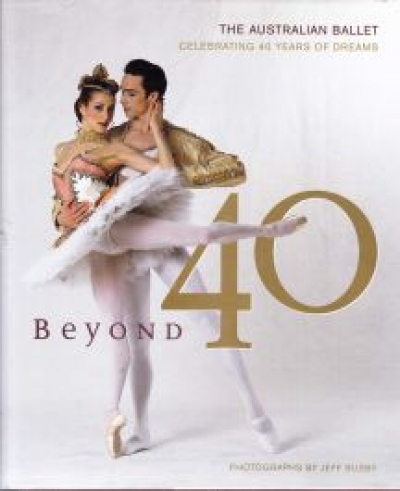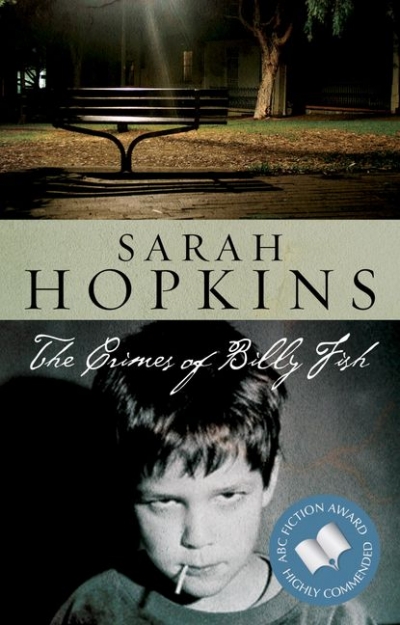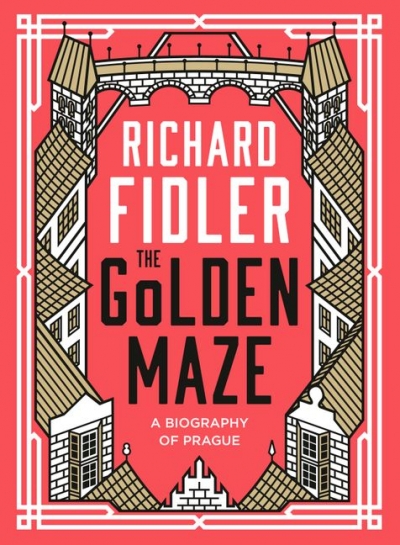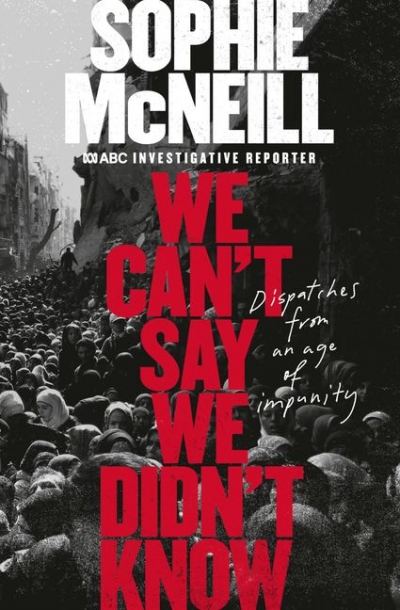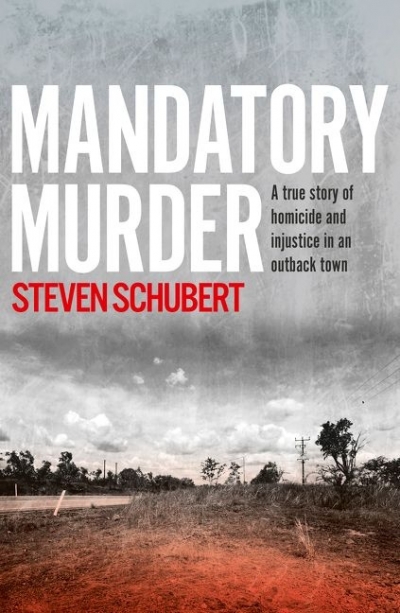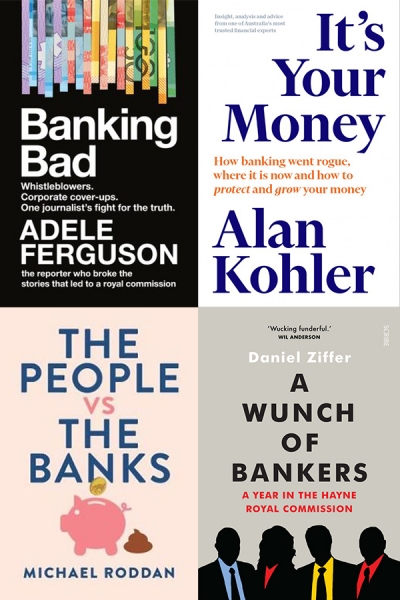ABC Books
Fiona the Pig by Leigh Hobbs & Too Many Pears! by Jackie French, illus. Bruce Whatley
Swans are said to mate for life and The Stone Swan builds on the love and anguish of such a relationship as the focus for a lesson in environmental responsibility. A pair of swans, lagging behind the rest of their flight, take solitary refuge in a wetland adjacent to a new housing estate, unaware that it is targeted for ‘development’. The cygnets hatch as the water levels subside and the male swan becomes trapped in a tangle of exposed rubbish and plastic twine. He is near death from exhaustion when a child from the nearby estate finds and frees him. But the peril is not over, for a causeway is being built across the wetland, isolating the swan family from the rest of the flock. The male manages to climb to the top of the roadway, but he will not go on without his mate and she will not leave without her babies. The story ends as she and her young, now fully fledged, fly off to join the flock on their annual migration while the human child witnesses her last farewell to the swan-shaped stone that has appeared on the causeway. Bell’s sombre illustrations in ink and watercolour reinforce the tragic mood of the story. A final page provides background information and references for this timely picture book that could be used effectively in primary school ecology studies.
... (read more)Girls like books about friends and relationships. Boys like books about explosions and sport. Right? Like any generalisation based solely on gender, the answers are, invariably, ‘yes’; ‘sometimes’; ‘up to a point’ and ‘of course not’. This latest grab bag of junior fiction contains its fair share of ‘girlie’ books about friendship and ‘boyish’ books about sport. Thankfully, there are also some books to cater for other sections of the spectrum, including sensitive explorations of boys’ friendships and robust girls who trek up mountains.
Meg McKinlay’s Annabel Again (Walker, $14.95 pb, 143 pp, 9781921150104) lands us squarely in girlie territory. When Livvy’s best friend moves away, her world folds. With the best of intentions, her New Age mother hatches a plan to help Livvy forget about Annabel, as quickly as possible. But one year later, Annabel returns and Livvy believes things will be just the same again. But Annabel is distant and hostile, and nothing is the same. Can their friendship be resurrected? This book covers familiar ground, but the treatment of the girls’ friendships is refreshingly angst-free. This is a quick, humorous read that highlights both the strength and delicacy of friendship, and offers some sound advice about when not to listen to your mother.
... (read more)Beyond 40 by Jeff Busby (photographer) & A Collector's Book of Australian Dance by Michelle Potter
Rose: The extraordinary voyage of Rose de Freycinet, the stowaway who sailed around the world for love by Suzanne Falkiner
The Golden Maze: A biography of Prague by Richard Fidler
We Can’t Say We Didn’t Know: Dispatches from an age of impunity by Sophie McNeill
Mandatory Murder: A true history of homicide and injustice in an outback town by Steven Schubert
Bank bashing is an old sport in Australia, older than Federation. In 1910, when Labor became the first party to form a majority government in the new Commonwealth Parliament, they took the Money Power – banks, insurers, financiers – as their arch nemesis. With memories of the 1890s crisis of banking collapses, great strikes, and class conflict still raw, the following year the Fisher government established the Commonwealth Bank of Australia, ‘The People’s Bank’, as a state-owned trading bank offering cheap loans and government-guaranteed deposits to provide stiff competition to the greedy commercial banks gouging its customers.
... (read more)

